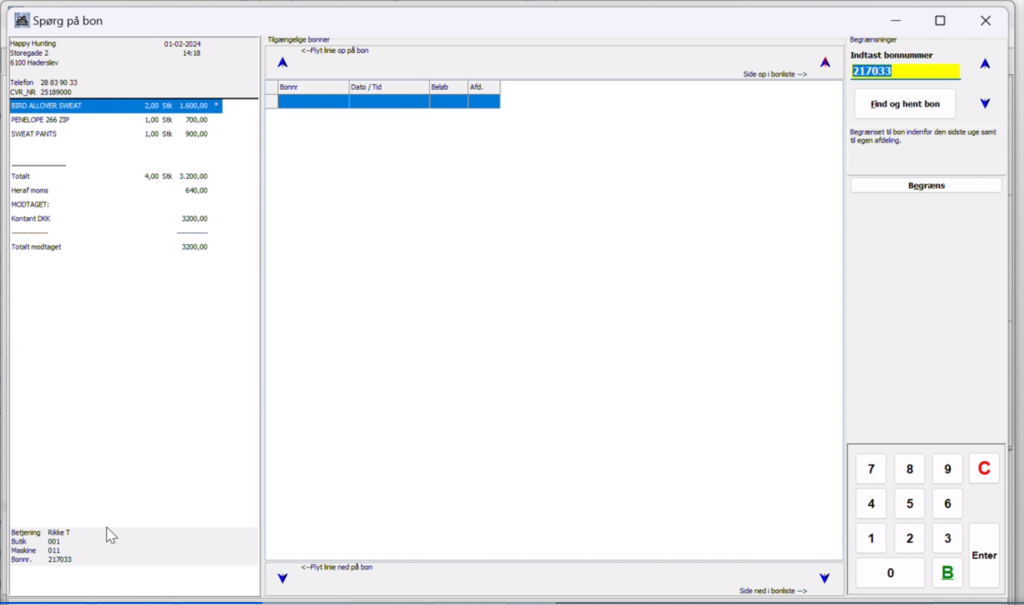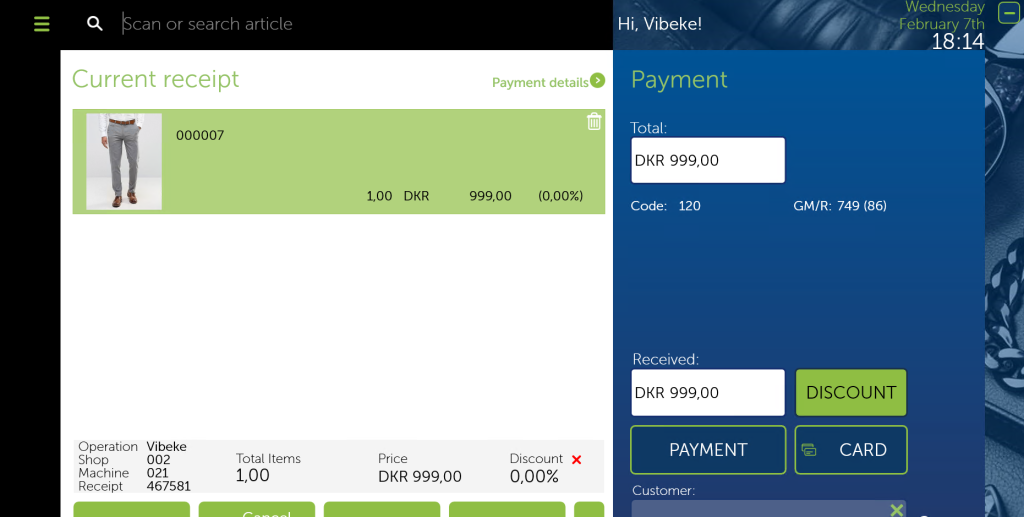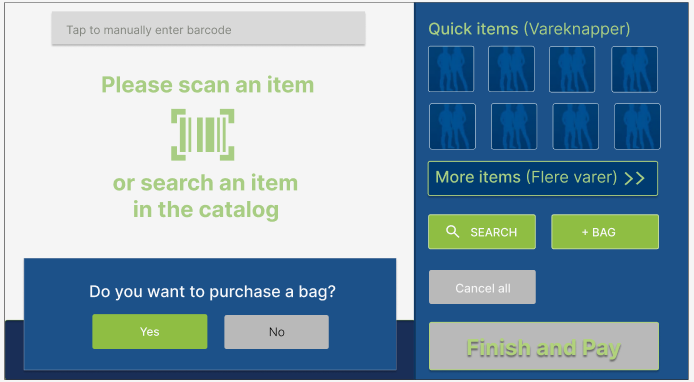Why Is UI UX Important in Building a Successful Product?
The importance of UI and UX (User Interface/User Experience) in building a successful product shouldn’t be underestimated. And there are several reasons for that.
- User Satisfaction: A well-thought-out UI/UX ensures that users have a positive experience while interacting with the product. Designers make the interface intuitive, easy to navigate, and visually appealing, which leads to higher user satisfaction.
- User Engagement: A good UI/UX design encourages users to spend more time with the product, increasing their engagement levels. This can lead to higher retention rates and increased usage, which are crucial for the success of any product.
- Competitive Advantage: In today’s competitive market, where multiple products often offer similar features, a superior UI and digital UX design can be a significant differentiator. It can help a product stand out from the row of other solutions and attract more users.
- Reduced Friction: The importance of UI UX design is also related to the possibility of reducing friction in the user journey by eliminating unnecessary steps, streamlining processes, and minimizing confusion. This leads to a smoother user experience and higher conversion rates.
- Brand Perception: The UI and UX digital design of a product contributes to its overall brand perception. A polished and professional UI/UX design creates a positive impression of the brand, while a poorly designed interface can damage the brand’s reputation.
- Accessibility and Inclusivity: An excellent UI and digital UX design relies on the diverse needs of users, including those with disabilities or special requirements. By ensuring accessibility and inclusivity, a product can reach a wider audience and cater to the needs of all users.
- Iterative Improvement: UI/UX design is an iterative process that involves gathering feedback from users and continuously improving the interface based on their needs and preferences. This approach allows products to evolve over time and stay relevant in a constantly changing market.
In general, the importance of UI/UX design is explained by the fact that it helps your product meet the needs of users, drive engagement, and make it possible for you to reach business goals.
Importance of UI/UX Design for Businesses
Improving sales and product quality can’t be achieved when zero attention is paid to a user. Why is UX design important in this context?
- Customer Satisfaction and Retention: A well-designed app ensures that customers have a positive experience when interacting with its features. The importance of UI/UX design in apps is demonstrated by higher retention rates and increased customer lifetime value. Satisfied customers are more likely to remain loyal and continue using the product.
- Increased Conversion Rates: An intuitive and user-friendly UI/UX design reduces friction in the customer journey, making it easier for users to complete their desired actions, such as making a purchase or signing up for a service. This can lead to higher conversion rates and increased sales or leads for businesses.
- Brand Image and Reputation: The design of a business’s digital interfaces, such as websites, mobile apps, and software, contributes to its overall brand image and reputation.
- Cost Savings: Investing in UI/UX design upfront can save money in the long run by reducing the need for costly redesigns or fixes later on. A well-designed interface is less likely to encounter usability issues or customer complaints, saving time and resources for businesses.
- Data-Driven Decision-Making: The design process involves gathering and analyzing data on user behavior, preferences, and pain points. This data can provide valuable insights that businesses can use to make informed decisions about product development, marketing strategies, and customer support.
Benefits of UI Design and UX Design
Let’s summarize the benefits of UI design and UX digital features for businesses and users.
UI/UX design offers a wide range of advantages, including improved user experience, increased satisfaction, higher conversion rates, and improved brand perception. Moreover, it promotes long-term customer loyalty.
Investing in UI/UX design is essential for companies that want to stay competitive and meet the evolving needs of their customers.
Product Design – What is it?
When we are talking about the importance of UX and UI in software solutions, it is vital to discuss product design in the context of software apps in general. This term refers to the process of creating and refining the user interface (UI) and user experience (UX) of digital applications, websites, or software platforms. Software product design involves designing the visual layout, interactive elements, and overall user flow to ensure that the software is intuitive, functional, and enjoyable to use.
What is UI Design?
UI design focuses on the visual presentation and layout of the software interface. It involves designing elements such as buttons, icons, menus, and navigation bars to create a visually appealing and consistent user interface. UI designers also consider factors such as typography, color schemes, and visual hierarchy to enhance usability and readability. Why is UI important? Mainly because it is responsible for the look of your solutions, their appearance, and their visual authenticity.
What is UX design and why is it important?
Digital UX design is concerned with the overall user experience of the software, encompassing aspects such as usability, accessibility, and user satisfaction. UX designers conduct research, user testing, and analysis to understand the needs and behaviors of the target audience and then rely on this information to create intuitive and user-friendly interactions. They design user flows, wireframes, and prototypes to optimize software efficiency. The importance of UX in web design and in the creation of other types of software is proven by its direct impact on user satisfaction.
Key components of UI/UX design
The key components of UI and UX digital design encompass various aspects of creating an engaging, intuitive, and user-friendly digital experience. And, of course, in the context of the importance of UI and UX, you should have at least a general understanding of the primary design components:
- User Research: Understanding the target audience is crucial for effective UI and digital UX design. This involves gathering insights into user demographics, behaviors, needs, and pain points through methods such as surveys, interviews, usability testing, and analytics analysis.
- Information Architecture: Information architecture involves organizing and structuring the content and features of a digital product in a way that facilitates navigation and findability. It includes creating sitemaps, defining navigation menus, and establishing content hierarchies to ensure that users can easily locate and access the information they need.
- Wireframing and Prototyping: Wireframing involves creating low-fidelity, schematic representations of the user interface layout and structure. Prototyping, on the other hand, presupposes building interactive mockups or prototypes that simulate the functionality and user interactions of the final product. These tools help designers visualize their ideas, test different design concepts, and gather feedback early in the design process.
- Visual Design: Visual design focuses on the aesthetic aspects of the user interface, including colors, typography, imagery, and iconography. It is necessary to create visually appealing designs that align with the brand identity, evoke the desired emotional response, and enhance the overall user experience.
- Interaction Design: This component is concerned with designing the interactive elements and behaviors of the user interface. It involves defining how users interact with buttons, forms, menus, and other interface components to accomplish tasks or achieve goals. Designers need to create intuitive and responsive interactions that guide users through the product and provide feedback at each step.
- Usability Testing: Usability testing involves observing real people interacting with the digital UX design and collecting feedback on their experience. It helps identify usability issues, pain points, and areas for improvement in the user interface. Usability testing can be conducted through moderated or unmoderated testing, A/B testing, eye-tracking studies, or other methods.
- Accessibility: Accessibility ensures that the digital product is usable and navigable by individuals with disabilities or special needs. UI/UX designers need to consider accessibility guidelines and standards, such as the Web Content Accessibility Guidelines (WCAG). This includes various factors, such as screen reader compatibility, keyboard navigation, color contrast, and alternative text for images.
- Responsive Design: With the increasing use of mobile devices, responsive design has become essential for UI/UX digital design. Responsive design ensures that the digital product adapts and responds appropriately to different screen sizes and devices, providing a consistent and optimized user experience across desktops, tablets, and smartphones.
By integrating these key components into the UI/UX design process, designers can create digital products that are intuitive, engaging, accessible, and user-centric. And thanks to it, businesses can see the importance of UI/UX design in apps on their own examples.
Our experience
In our practice, we had a lot of projects that brightly demonstrated the importance of UI UX design. And let us share one of them.
Our customer develops POS systems for various kinds of stores. And then sells them to other businesses.
More than 20 years ago, our client created software for clothing retailers. It provided tools for automating sales and all business processes for fashion stores. But things change. Every 2-3 years, new trends appear in the IT sector and UI/UX design. Since this is an application for the fashion industry, it was extremely important for the customer to have up-to-date software.
We were asked to develop a UI/UX concept for the new version of the application, test it on focus groups (existing clients of the client (30%), potential clients who have never worked with the program before (60%), employees of the client (10%)) and then implement the new UI/UX for their system.
We needed to analyze market trends and solutions provided by competitors, familiarize ourselves with current trends in POS design, and propose several concepts.
- Here’s what we had:

- What we offered:

Now, we continue working closely with our client and releasing new versions of the application in accordance with real feedback from users (we are constantly improving something). On the basis of the design, which is already available, we are also developing a version of Self-service POS, as the customer is expanding the product line.









